Microsoft announced that, in 2020, it will discontinue support for Windows CE and Windows Mobile operating systems. Their decision would impact 15 million computers, about 90% of the enterprise computing market. If you’re using either of these operating systems, you have some important choices to make. With the heavy (and still growing) reliance on mobile devices in the workplace, the choice you make for the operating system will impact users, device choices, application accessibility, network security, and the IT time to handle it all. You have invested in legacy devices but remember that the best OS for a situation is important and Migration may be needed. Are you going to see the ROI or will it be written off to “lesson learned”?
What are your options for Migration?

You could sit still. Continue using Windows and move up to Windows 10. However, you’ll be running without the support of security patches next year, because Microsoft is also pulling that plugin 2019. It seems clear that Microsoft’s commitment to enterprise mobile computing is tenuous. Don’t commit to a company that isn’t committed to you.
Your next option is to choose a direction for the operating system that will replace Windows CE/Mobile and rewrite your applications to run on the OS of choice. Android and are good options. Google and Apple have proven themselves to be reliable and innovative. Between Android and iOS, they own 99% of the mobile device market share; however, Android dominates the space with 87% worldwide. Android’s open platform makes it more inviting for developers, which has caused concern over security.
In recent years, companies like Zebra have addressed the perceived weak spots in Android’s security. Zebra’s rugged mobile devices come pre-installed with Mobility Extensions (Mx), which elevates the operating system to an enterprise level for security, device management, data capture, and connectivity. Zebra’s rugged handhelds and enterprise tablets are ready to operate in an Android environment and perform at the high levels of reliability, security, and computing power you should expect from your technology.
Do you need to retire your legacy devices now and make the move to new technology?

At Avalon Integration we’ve been looking at the path for this OS migration. It’s not realistic for a company to buy all new devices, so we’re helping our customers to make a gradual transition. Decide on the operating system and look at those devices that are ready for upgrades. But while you’re trying to hold onto those legacy devices, consider that you might not be saving money. A rugged device’s life expectancy is three years, with an average failure rate of only 1% in the first year. By the fourth year, the rate escalates to 8%. That’s not a big number, so maybe you’re fine with the prospect of extending the life of your rugged devices.
What does 1% really mean for Migration?
Every percentage point of device failure translates to a 5% increase in your total cost of ownership. By the fourth year, when your failure rate jumps 7%, you can expect a 35% rise in your TCO. Are you actually saving money by procrastinating or merely avoiding the inevitable business decision?
Those four-year-old legacy devices are also using old technology. The speed is slower, the connectivity is weaker, the resolution is probably less, and it may not have the features that today’s mobile devices offer. Every one of these downsides represents a negative impact on your productivity. You’re not maximizing the potential of your workforce. You’re probably also pushing the limits of your IT staff’s effectiveness.
Millions of enterprise users are faced with the OS migration decision. Avalon Integration can give you more insight, evaluate your current situation, and guide you to the strategic transition that will deliver the best results for your company. Talk to us to steer your migration along a smart route.


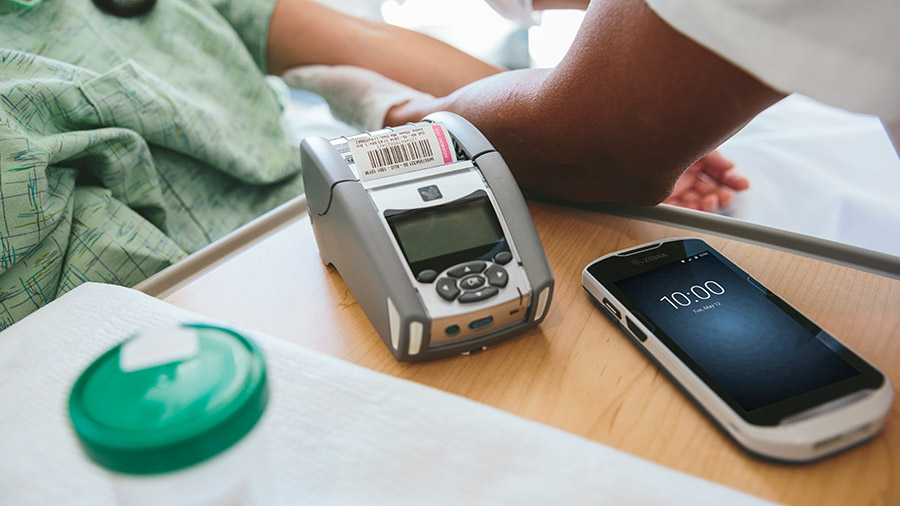
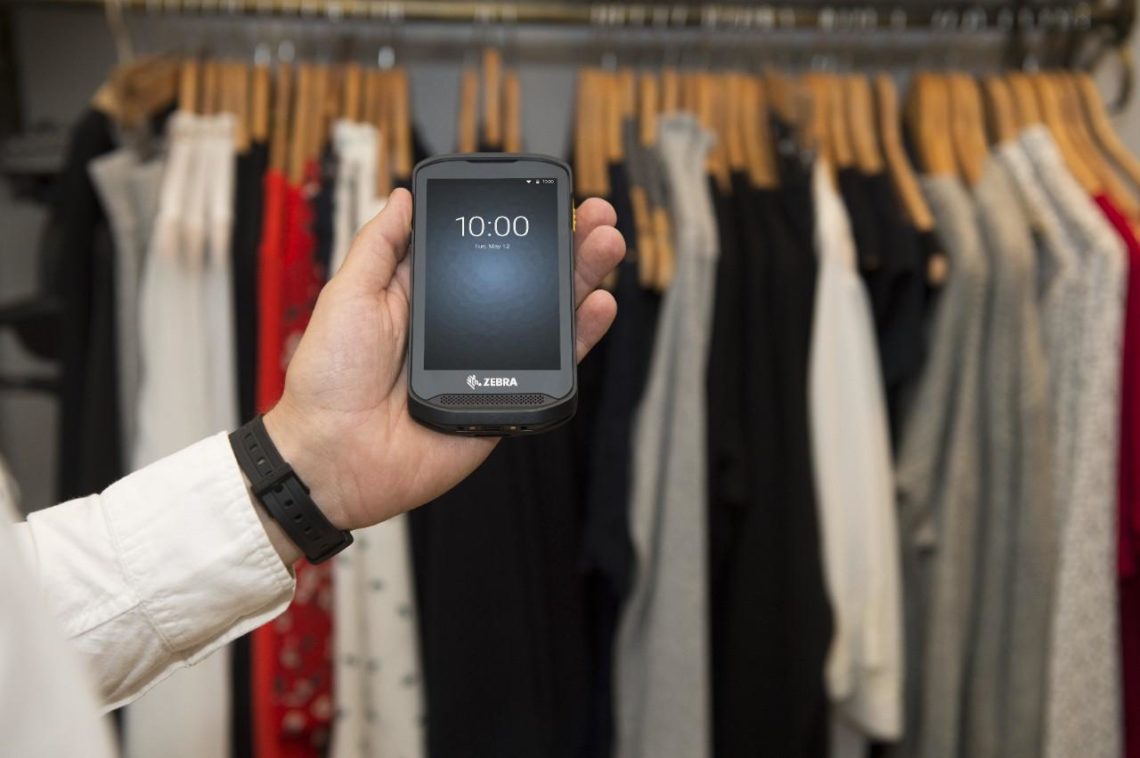

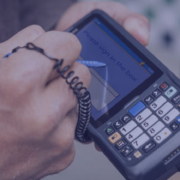
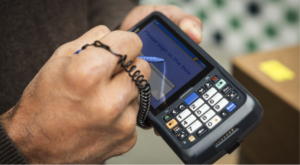


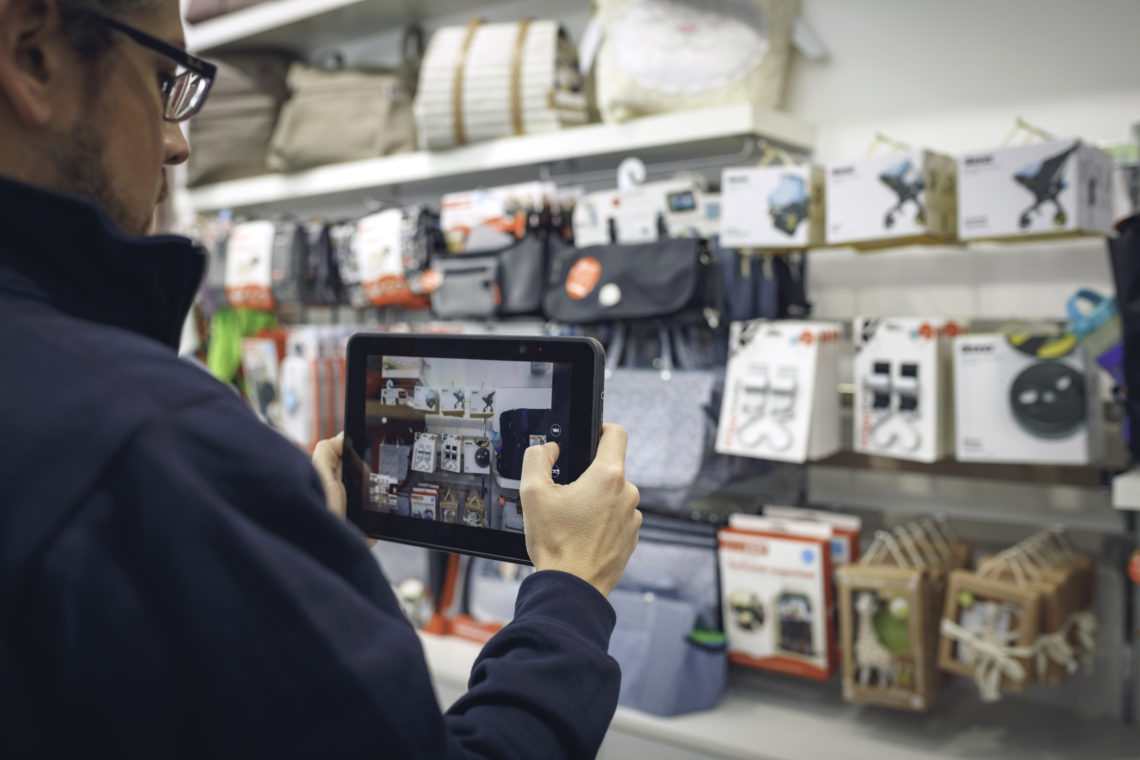


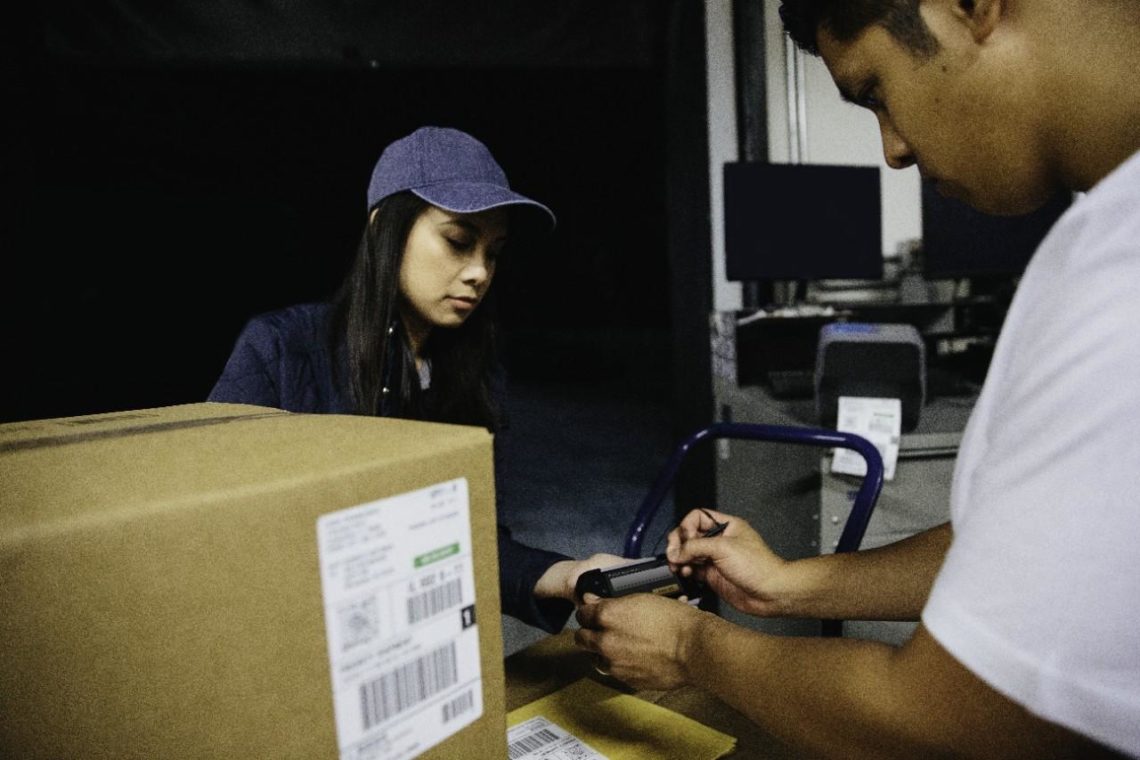

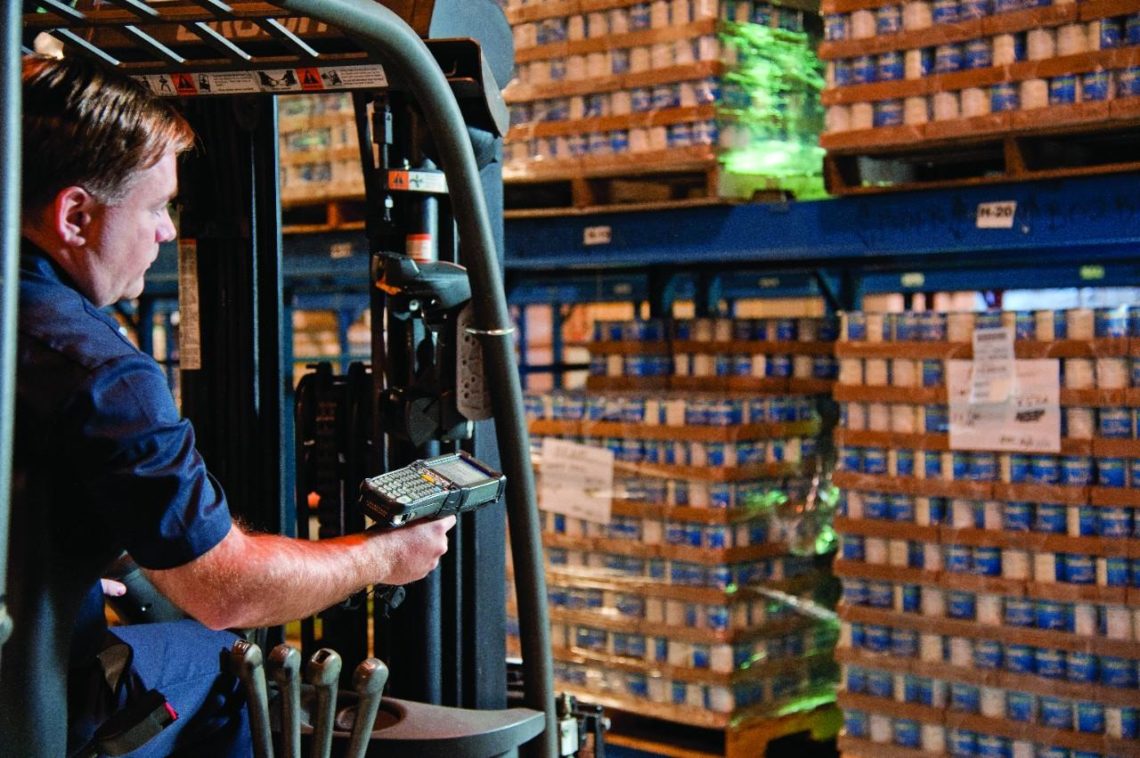

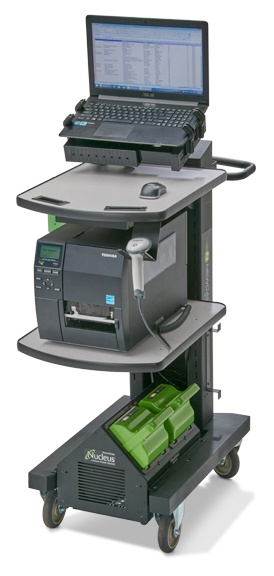
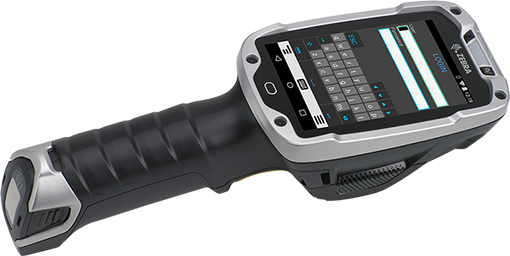

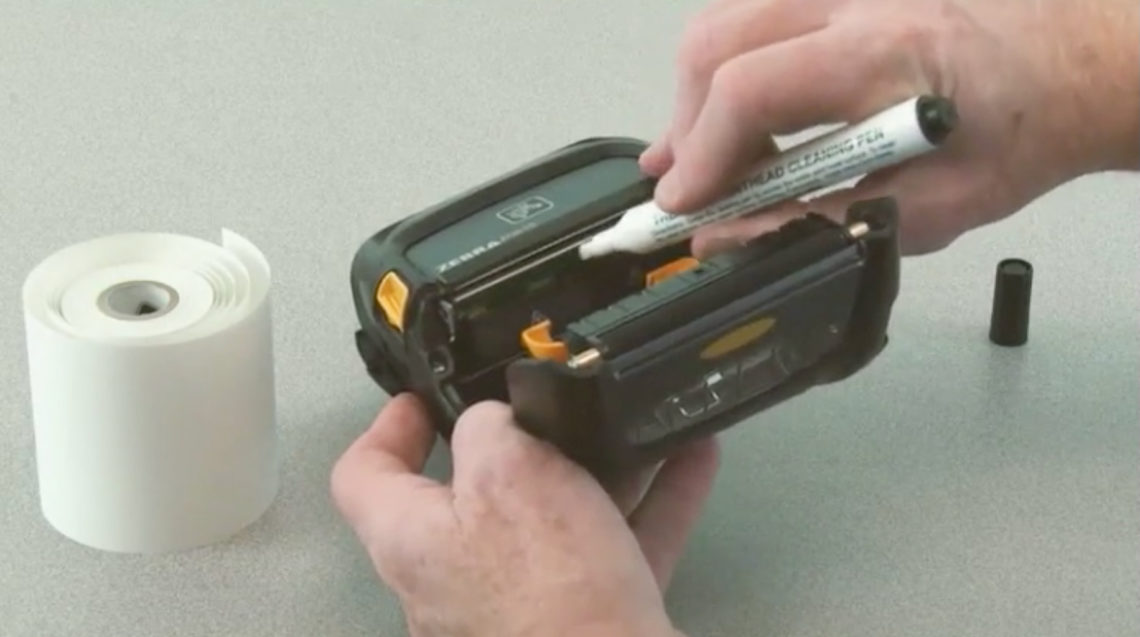
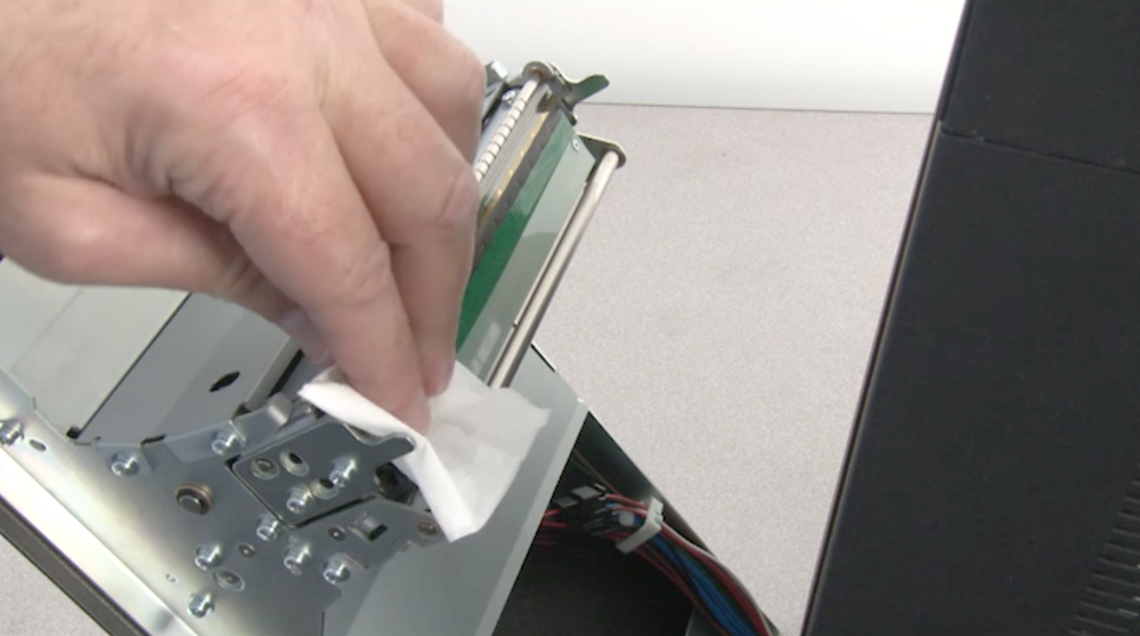


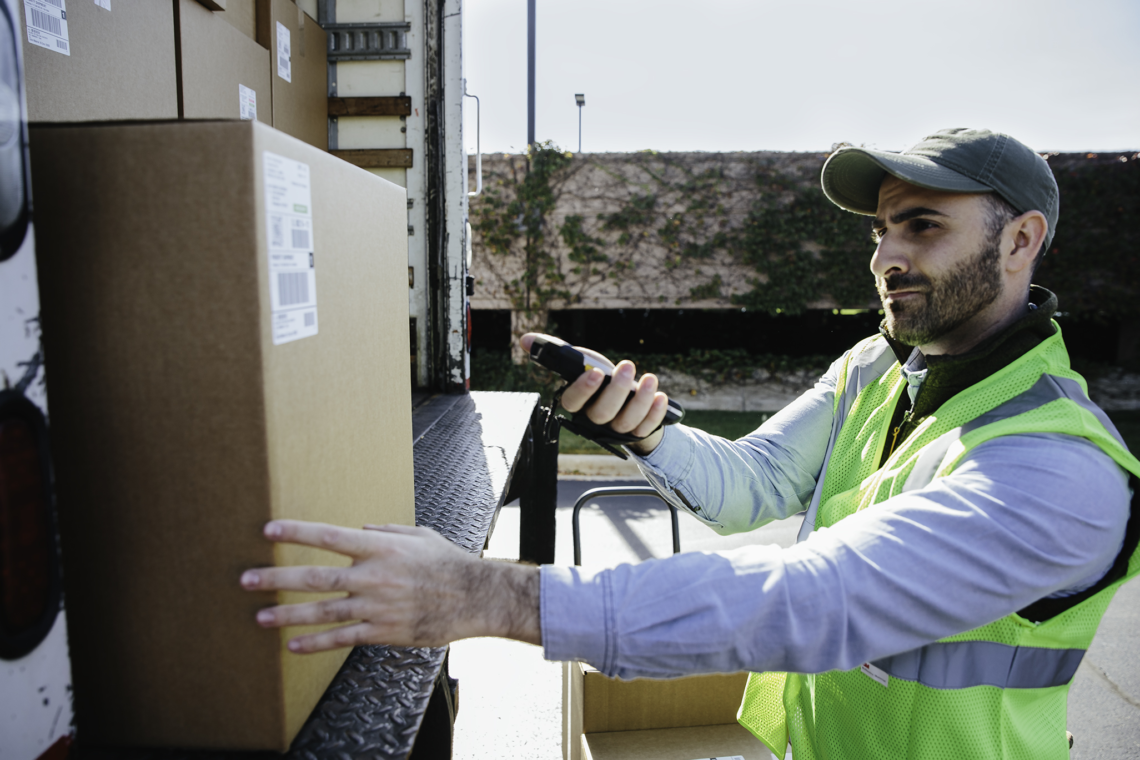
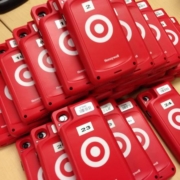


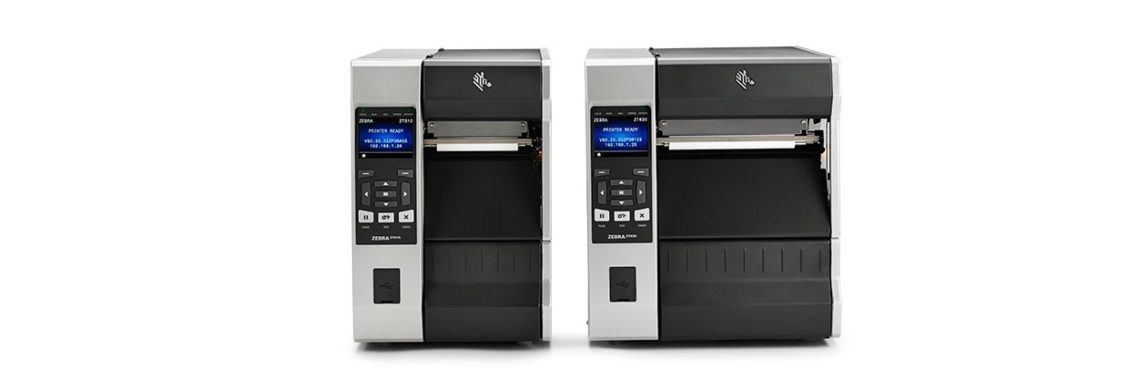


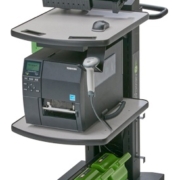
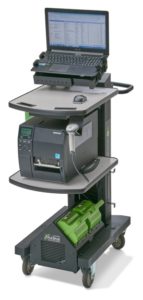 To “provide innovative solutions that make equipment more mobile and information more readily available across an entire enterprise. Period.” is the philosophy of Massachusetts-based
To “provide innovative solutions that make equipment more mobile and information more readily available across an entire enterprise. Period.” is the philosophy of Massachusetts-based 